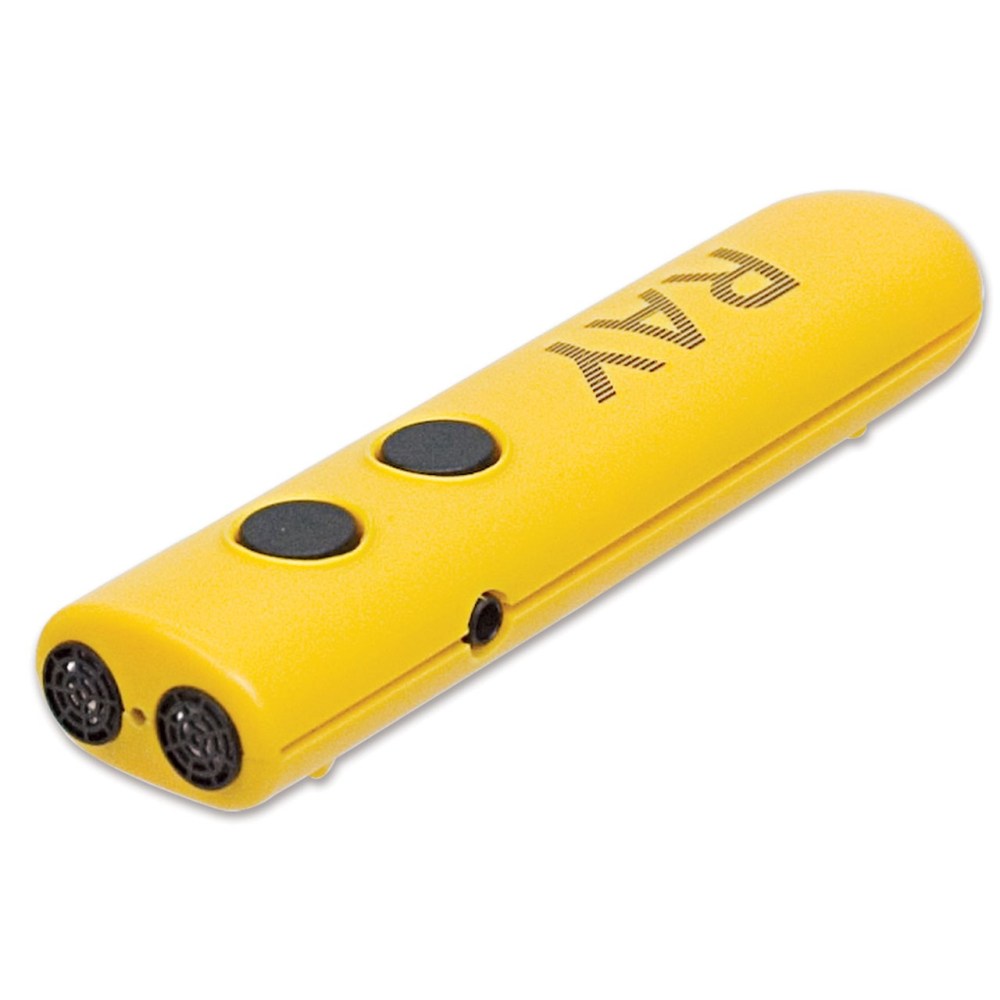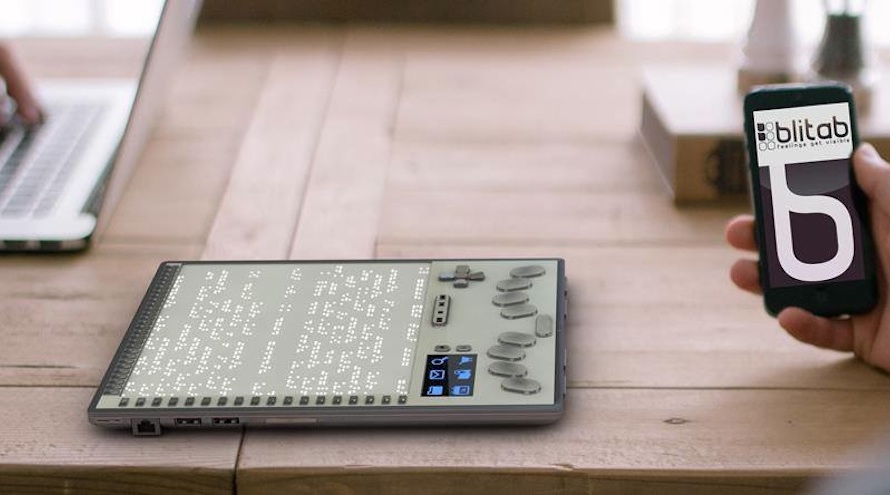Enhancing Lives With Advanced Assistive Gadgets for the Blind
The assimilation of advanced assistive tools for the blind is transforming just how individuals experience their surroundings and engage with their communities. What does this evolution mean for the future of assistive technology and its role in equipping people?
Review of Assistive Instruments
Assistive tools for the blind incorporate a varied series of innovations and tools made to boost self-reliance and improve the high quality of life for individuals with visual impairments. These devices provide to numerous needs, from navigation and movement to communication and day-to-day task monitoring.
One of the main groups of assistive gadgets includes flexibility help, such as white walking sticks and overview pets, which help customers navigate their surroundings securely. Digital travel help, geared up with sensing units and audio comments, also play a substantial role in flexibility improvement.
In addition, gadgets that assist with daily living activities, such as flexible cooking area devices, Braille labels, and chatting watches, empower people to execute jobs separately. Interaction aids, including screen viewers and Braille display screens, promote access to info and allow individuals to involve successfully with the digital globe.
Moreover, low-tech services like amplifying glasses and large-print products remain vital for several individuals. Collectively, these assistive devices offer not just as sensible tools yet also as important enablers of freedom, fostering better participation in a globe that commonly focuses on sighted experiences. Their integration right into everyday life is crucial for advertising inclusivity and boosting overall wellness for those with visual problems.
Cutting-edge Technologies being used
Advancement in modern technology has considerably changed the landscape of tools offered for individuals with aesthetic disabilities. Amongst the most remarkable improvements are wise glasses incorporated with augmented truth, which give real-time navigation assistance and item acknowledgment. These devices leverage advanced electronic cameras and fabricated intelligence to supply acoustic signs, boosting the user's spatial understanding and freedom.
In addition, mobile applications have actually become powerful sources, allowing individuals to recognize money, reviewed text out loud, and navigate unfamiliar settings through spoken guidelines. Tools such as Braille displays and refreshable Braille tools proceed to evolve, offering seamless connectivity with mobile phones and computers, therefore improving communication and accessibility to info.
Wearable technology, including smartwatches geared up with voice-activated features, additionally empowers customers by helping with quick accessibility to notices and informs without needing visual interaction. Tactile maps and 3D printing are also getting traction, offering tangible representations of areas that aid in alignment and flexibility training.
Collectively, these innovative modern technologies not just boost the daily lives of visually damaged people however also foster better freedom, inclusivity, and involvement with the wider community, therefore improving understandings of ease of access. (OCR devices for the blind)
Individual Stories of Empowerment
Empowerment typically emerges from personal experiences that highlight the transformative impact of innovation on individuals with visual disabilities. Take, for circumstances, the story of Sarah, a young artist that restored her interest for painting through making use of a clever walking stick furnished with barrier detection. This tool not only promoted her movement yet instilled a newfound self-confidence, enabling her to browse public spaces separately and seek her creative ventures.

These stories underscore the profound impacts that advanced assistive gadgets can try this web-site have on day-to-day life. By making it possible for people to get over obstacles, innovation fosters a sense of autonomy and self-regard. Such empowerment stories work as a testament to the potential of advancement, illustrating exactly how the right tools can considerably improve lifestyle and open doors to new possibilities for those with aesthetic impairments.
Benefits of Advanced Solutions
The combination of cutting-edge modern technology right into assistive gadgets dramatically changes day-to-day experiences for those influenced by vision loss. Assistive technology for the blind. Tools such as wise walking canes equipped with sensing units, navigation applications, and wearable modern technology are designed to give real-time feedback, boosting spatial awareness and minimizing the risks connected with wheelchair.
In addition, progressed assistive technologies promote social inclusion by assisting in communication and interaction. Voice-activated tools and apps permit individuals to access info and involve with their environments independently, breaking obstacles that previously prevented their participation in educational, specialist, and social settings.
Furthermore, the modification and flexibility of these options accommodate the varied needs of customers, thus boosting their total quality of life. Enhanced performance, such as things acknowledgment and text-to-speech capacities, empowers people with visual impairments to execute tasks that they might have once located challenging. Eventually, advanced assistive modern technologies not only boost independence and security yet additionally advertise dignity and self-regard, permitting customers to lead satisfying lives.
Future Patterns in Assistive Tech
As innovation remains to advance, the landscape of assistive devices for the blind is positioned for impressive advancements that will certainly better boost accessibility and independence. Emerging patterns in assistive innovation indicate a change toward increased integration of synthetic intelligence (AI) and device discovering, allowing devices to adapt to private user needs in real-time. These innovations are anticipated to promote more instinctive navigating systems that can identify challenges and supply audio comments, substantially boosting exterior mobility.
Additionally, the development of wearable technology, such as clever glasses outfitted with augmented fact, will enable individuals to receive contextual information about their environments, therefore enriching their spatial awareness. Additionally, advancements in haptic official statement technology promise to develop tactile responses tools, enabling users to regard information through touch, improving understanding and communication with their atmosphere.
Telecommunication advancements are additionally leading the method for remote assistance options, where trained experts can provide assistance using video telephone calls, guaranteeing assistance is conveniently accessible. As these patterns unravel, the future of assistive devices for the blind will certainly promote greater autonomy, equipping people to browse their world with self-confidence and ease.

Final Thought
The combination of innovative assistive gadgets for the blind stands for a substantial innovation in promoting freedom and boosting lifestyle. By using innovative modern technologies, these devices equip users to navigate their atmospheres with greater self-confidence and autonomy. As the field proceeds to progress, recurring r & d will likely generate even a lot more innovative services, additionally transforming the lived experiences of people with visual disabilities and advertising a better feeling of incorporation within culture.
The integration of innovative assistive tools for the blind is transforming how people experience their environments and interact with their neighborhoods. The combination of sophisticated technology right into assistive tools considerably transforms daily experiences for those influenced by vision loss.As modern technology continues to evolve, the landscape of assistive devices for the blind is positioned for amazing developments that will certainly even more enhance access and freedom. Emerging patterns in assistive innovation suggest a shift towards increased assimilation of artificial intelligence (AI) and device discovering, making it possible for gadgets to adapt to individual user requires in real-time.The combination of sophisticated assistive tools for the blind represents a significant development in fostering freedom and improving high quality of life.